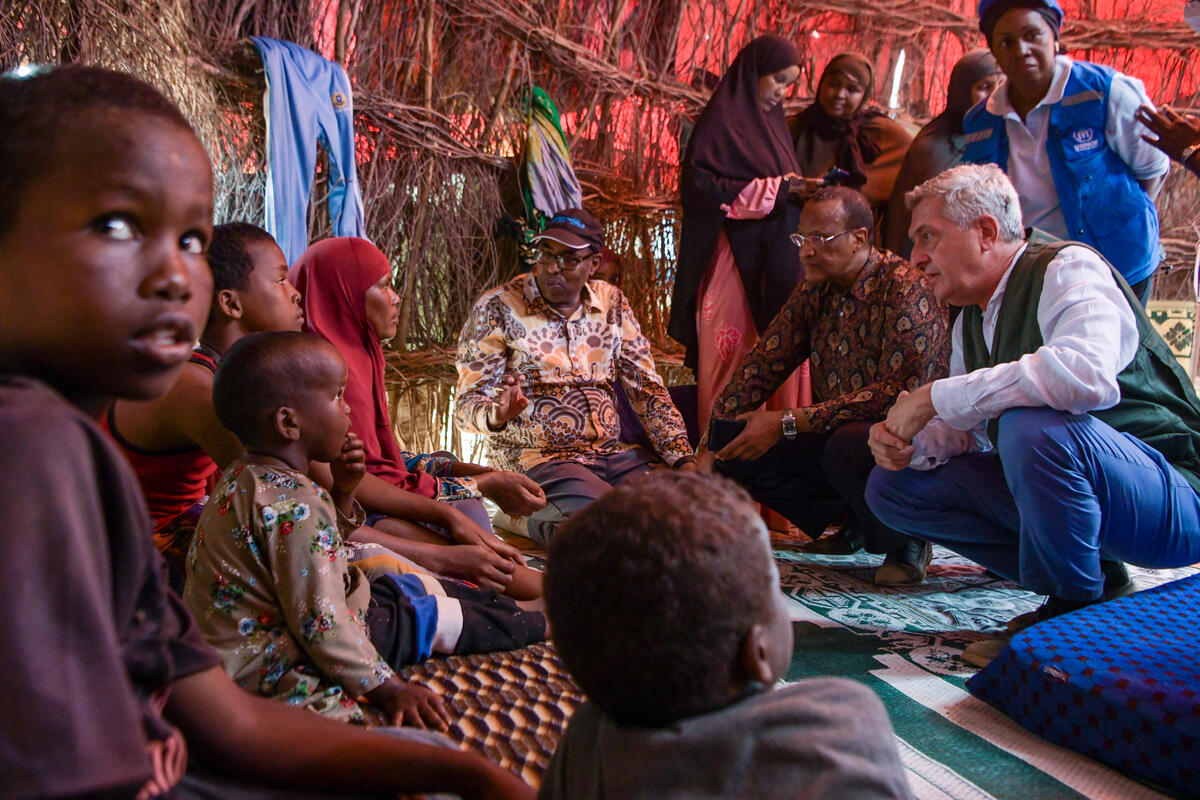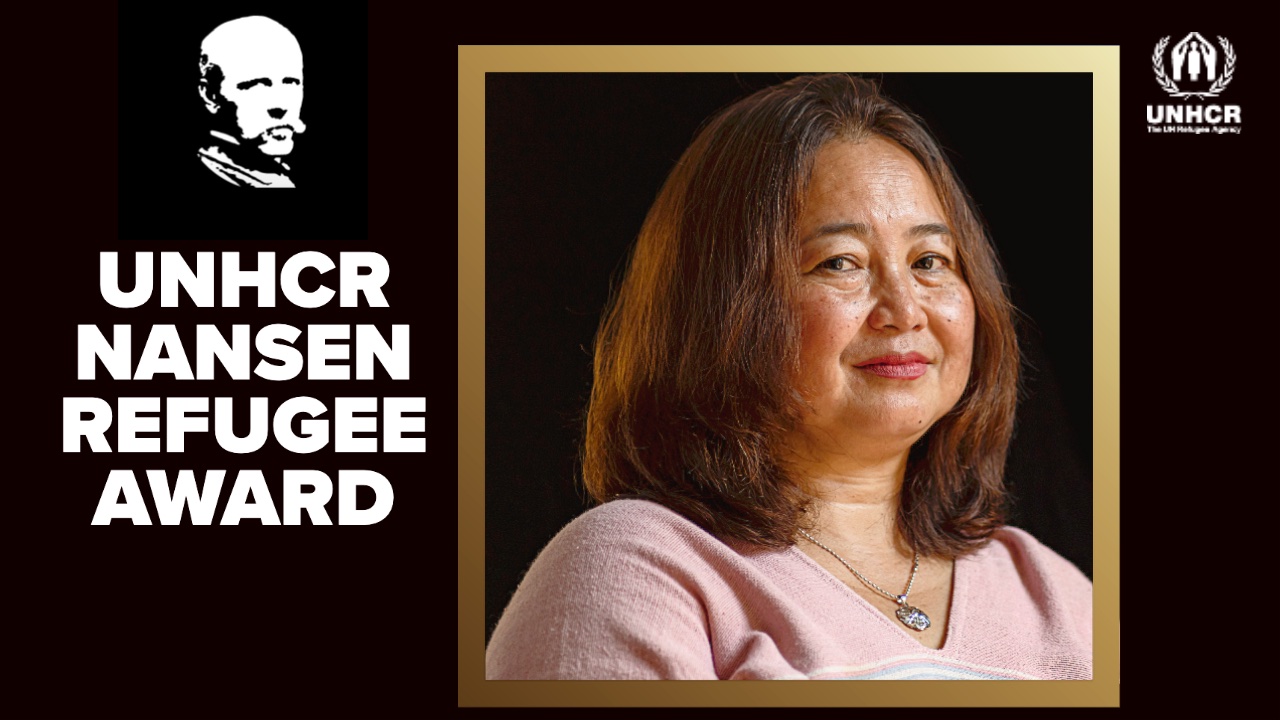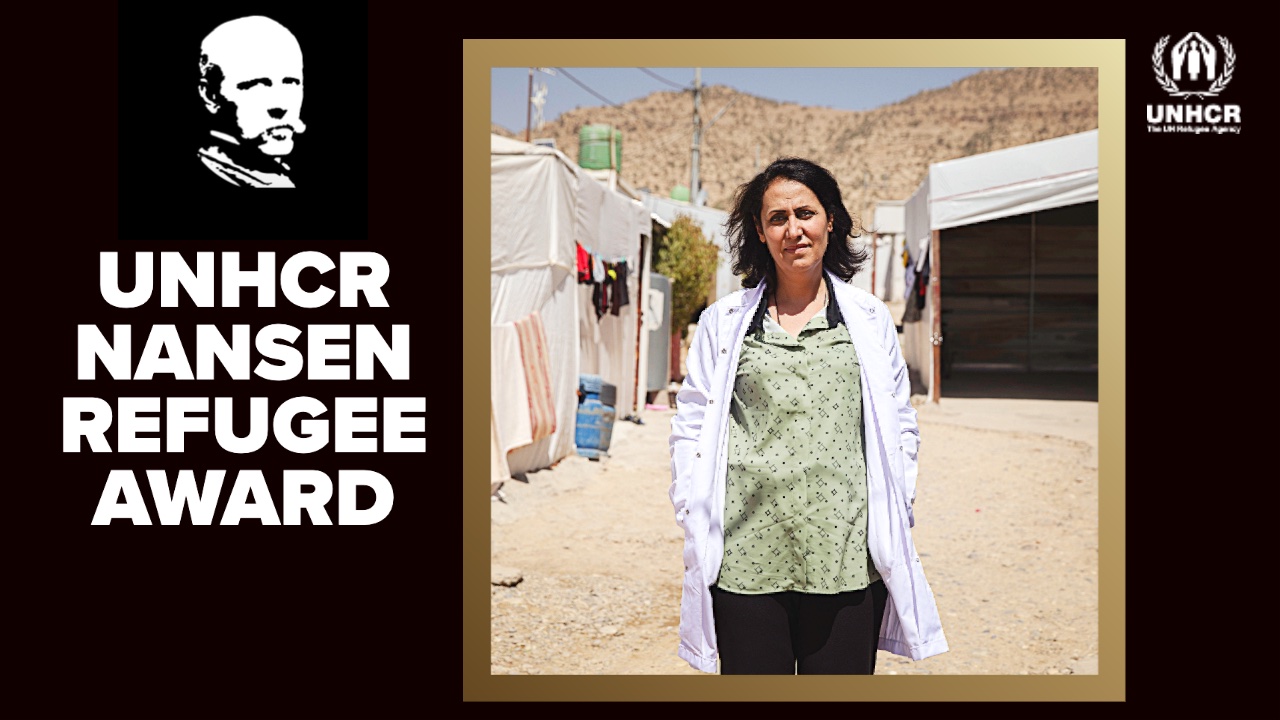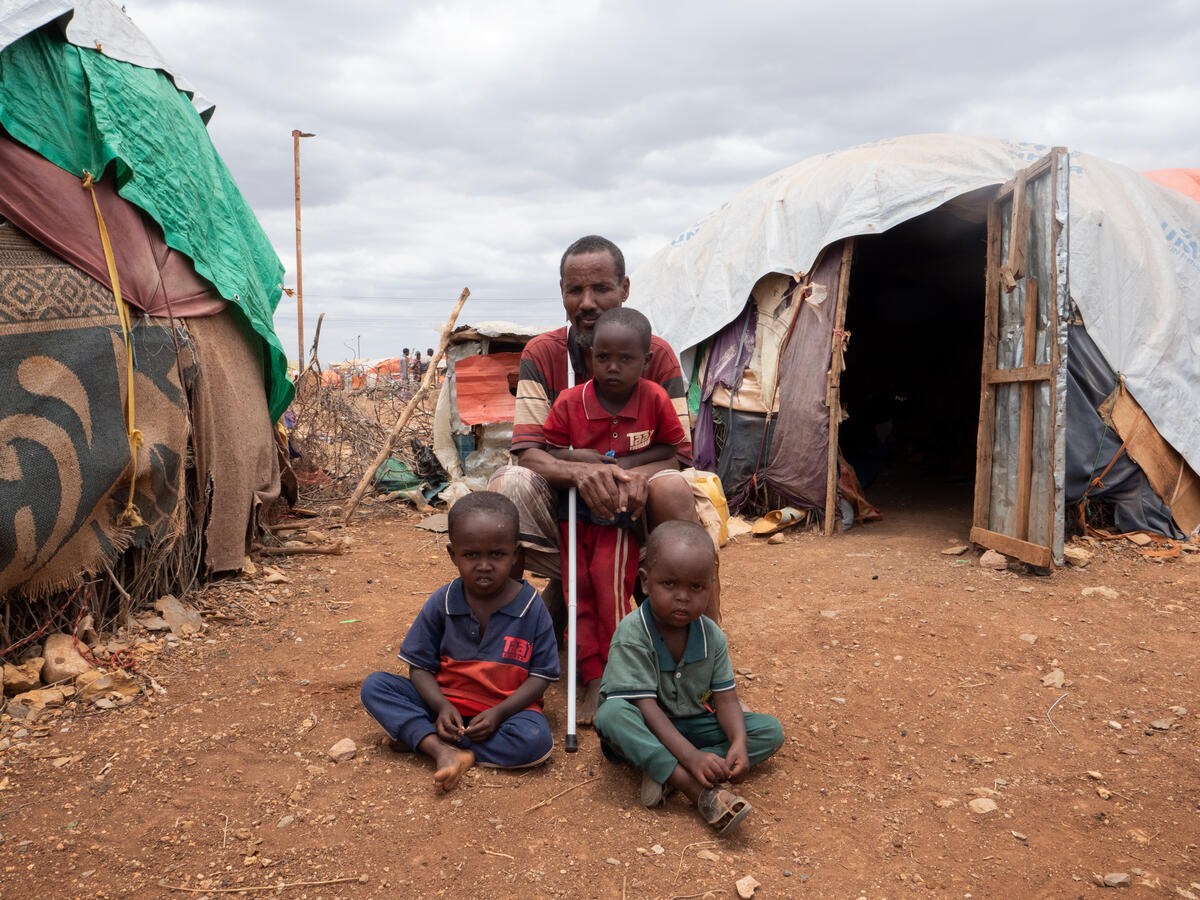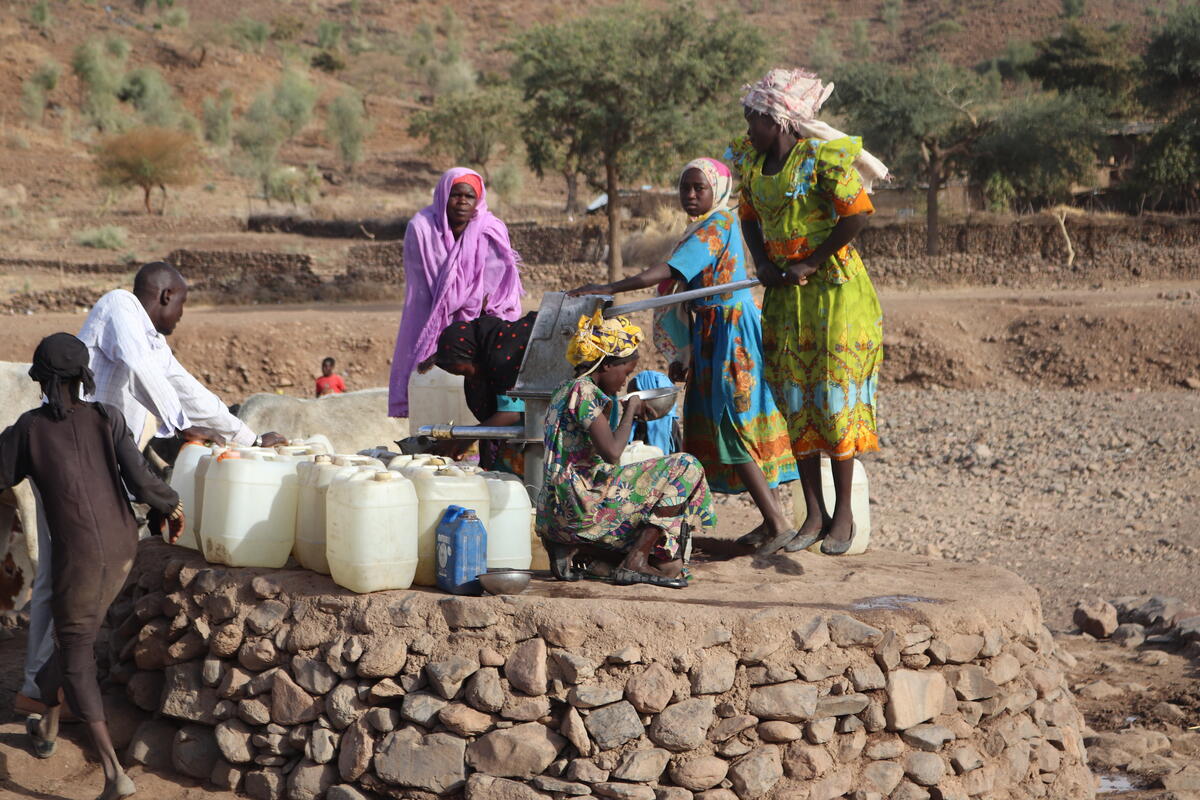Fresh fighting drives displacement in eastern DR Congo
Fresh fighting drives displacement in eastern DR Congo

GOMA, Democratic Republic of the Congo, April 13 (UNHCR) - Fighting between the Congolese army and rebel forces has forced tens of thousands of people in eastern Democratic Republic of the Congo (DRC) to move out of four sites for the internally displaced.
Between late March and late last week, some 36,000 people left the Mpati, Kivuye, Nyange and Bweru sites - three of them managed by UNHCR, the UN Refugee Agency, through a local partner - in the Masisi district of DRC's North Kivu province.
"UNHCR is extremely worried about the welfare of these people, who are reported by our partners to be in a desperate situation after becoming displaced again," said UNHCR Regional Representative Stefano Severe. "We urge the authorities and the rival parties to ensure that the basic human rights of displaced people are respected and that they are found safe alternative shelter," he added.
While many have found refuge in other UNHCR-supported sites for internally displaced people (IDP), others are camping in schools and on the grounds of churches. Some three quarters of them are women and children and many are sleeping in banana fields near the vacated sites without adequate shelter.
UNHCR and the Office for the Coordination of Humanitarian Affairs (OCHA) left on Monday to assess the situation and needs. "Local partners have told us that the newly displaced lack food and access to health care. Many are extremely vulnerable and were living in extreme poverty," Severe said. Initial reports indicate that some people wished to return to the sites but were unable to do so.
The refugee agency is also worried that more sites in the same area may be affected as the army continues operations against the rebel Democratic Forces for the Liberation of Rwanda (FDLR) and allied armed groups. UNHCR urges the authorities to protect civilians living in these sites, while ensuring their civilian nature.
Mpati, the biggest of the four sites with about 25,000 inhabitants, was emptied in late March and those forced to flee claimed that their belongings were taken, while a medical centre and equipment belonging to humanitarian organizations were looted. Locals also left but were able to return later. The military may have targeted suspected armed elements hiding among the civilian population.
The latest displacement in Masisi come at a tense time in volatile and lawless North Kivu, where violence is a way of life. Ethnic tensions have been reported from many areas, and the forced population movement could exacerbate the situation.
There are some 1.5 million internally displaced people in the DRC, including more than 610,000 in North Kivu. Most of the displaced in the province live among the host community. Before the latest developments there were also 55 IDP sites. These included 27 managed by UNHCR and hosting some 145,000 people.




